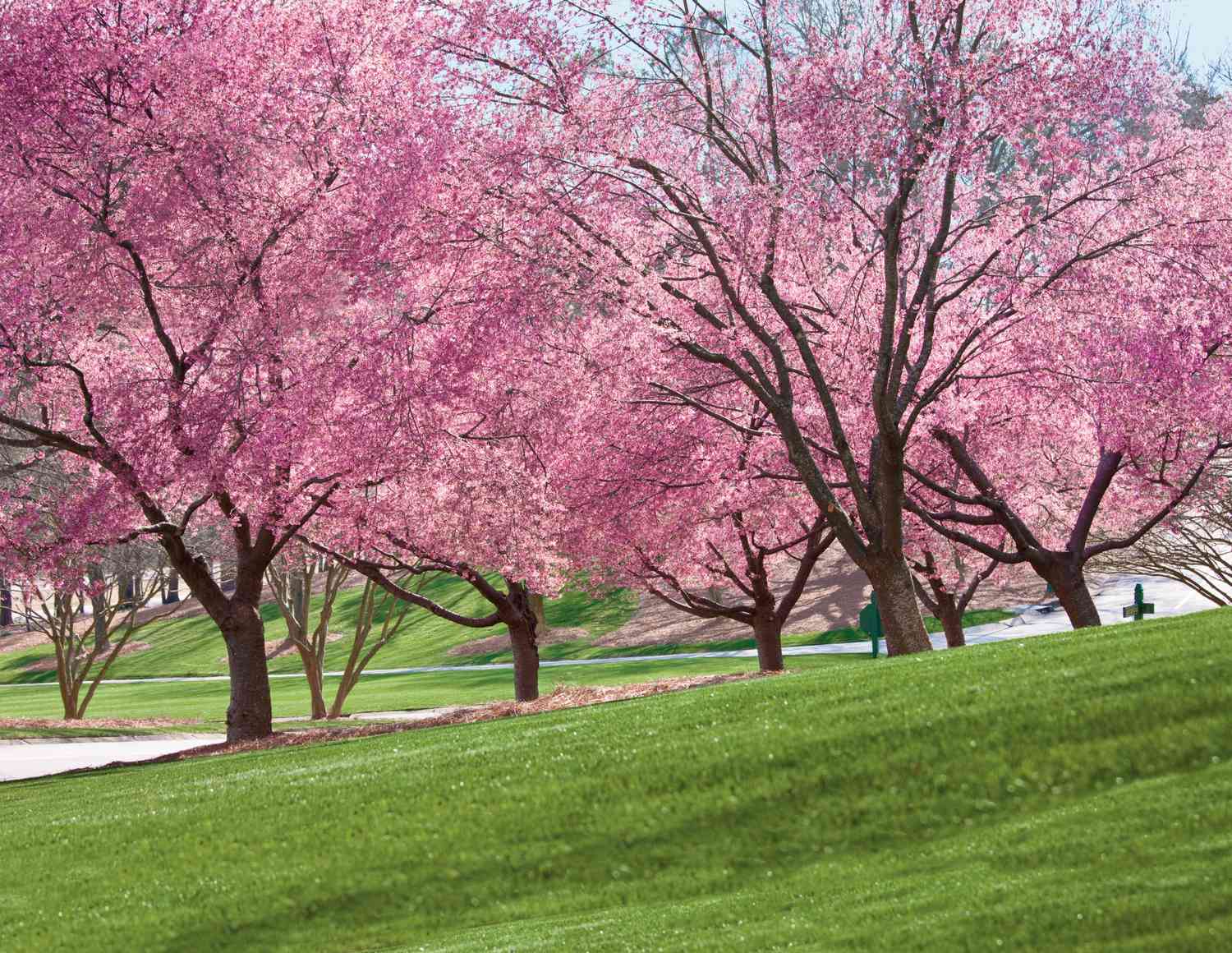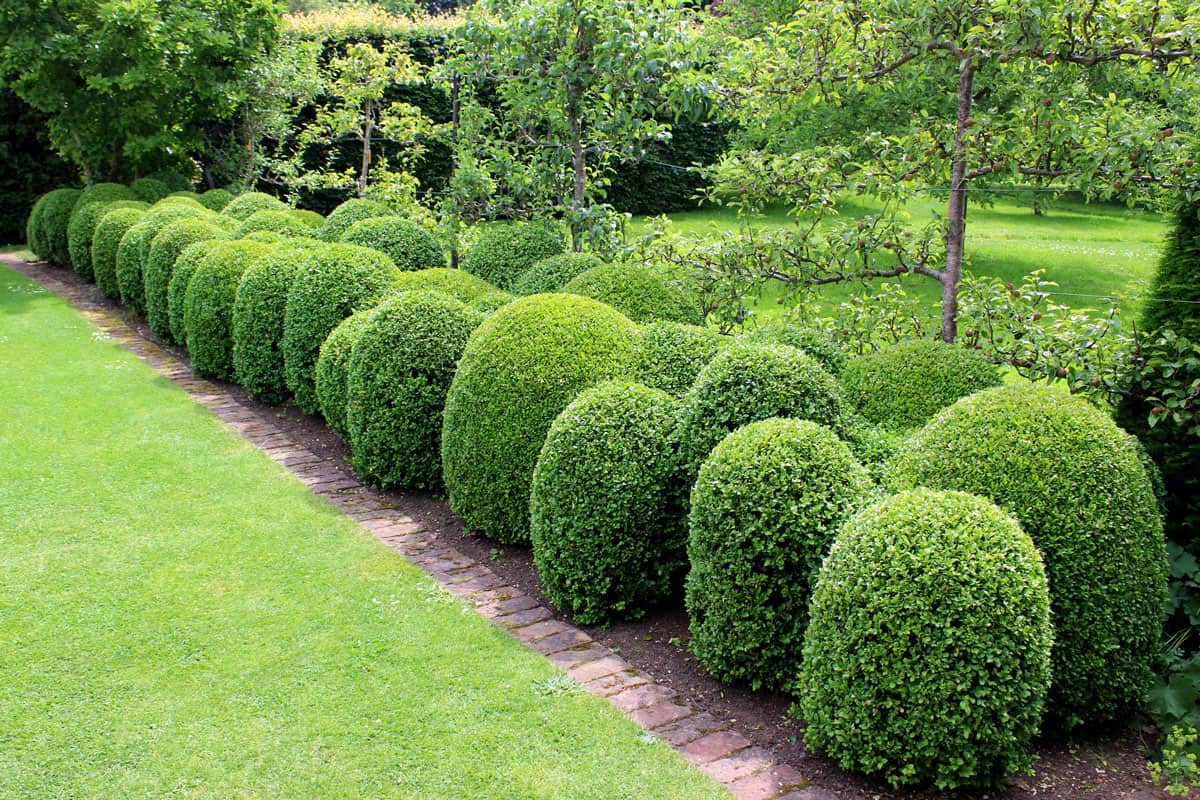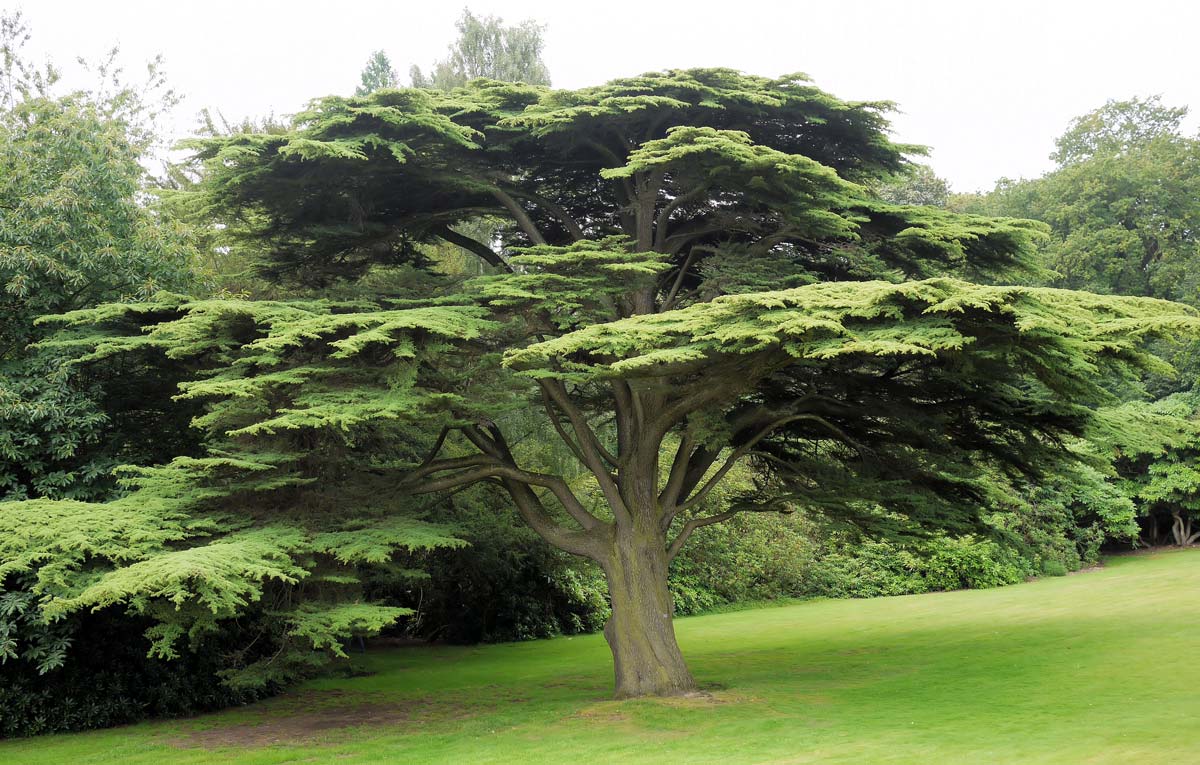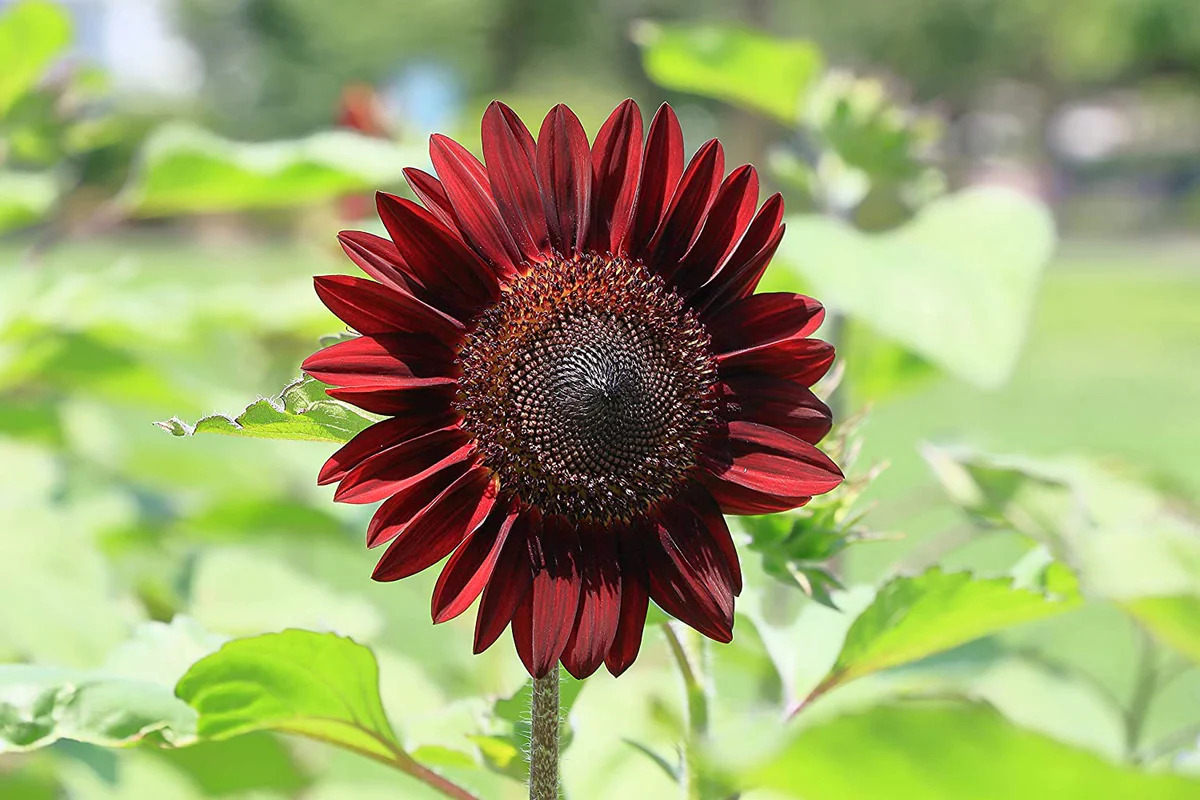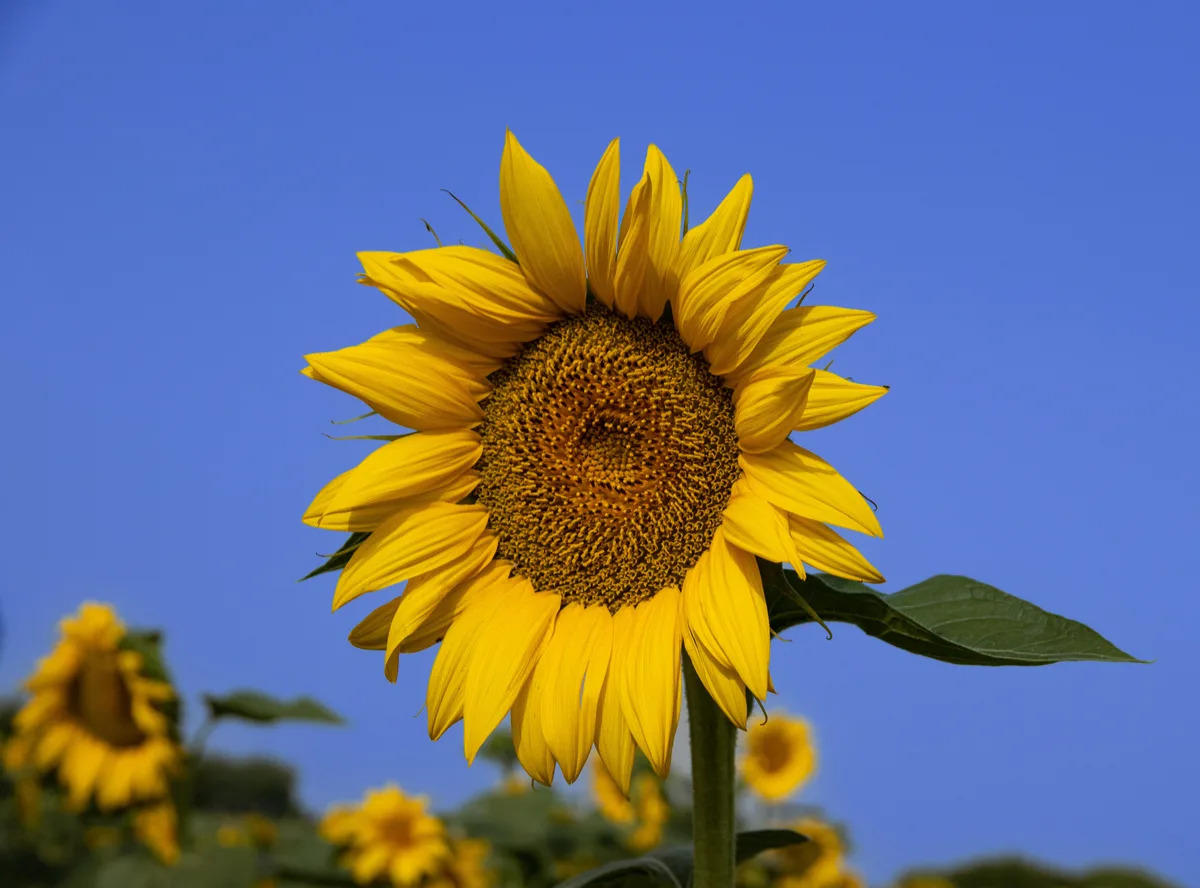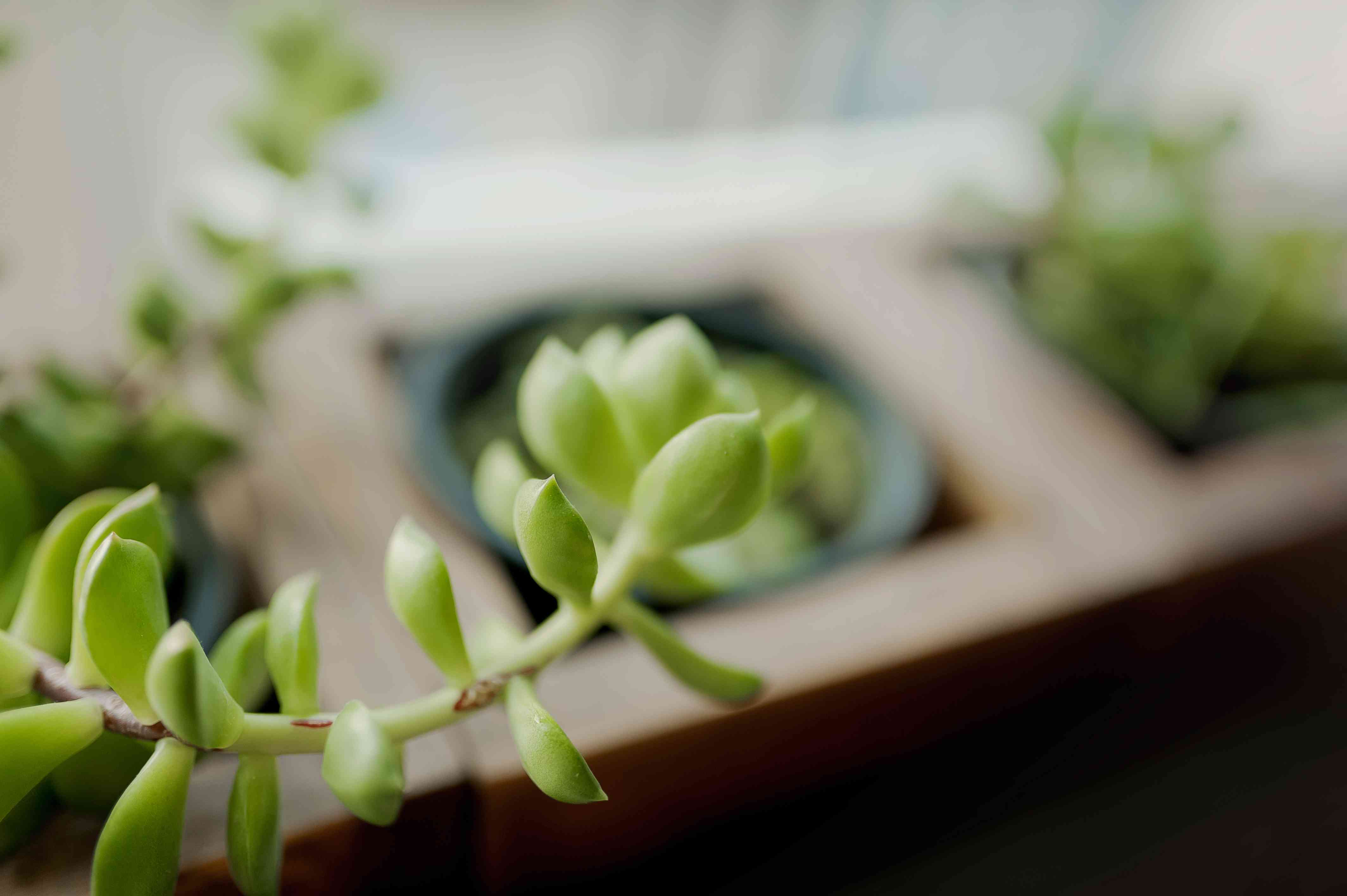Home>Types of Gardening>Ornamental Gardening>How Tall Do Dwarf Sunflowers Grow
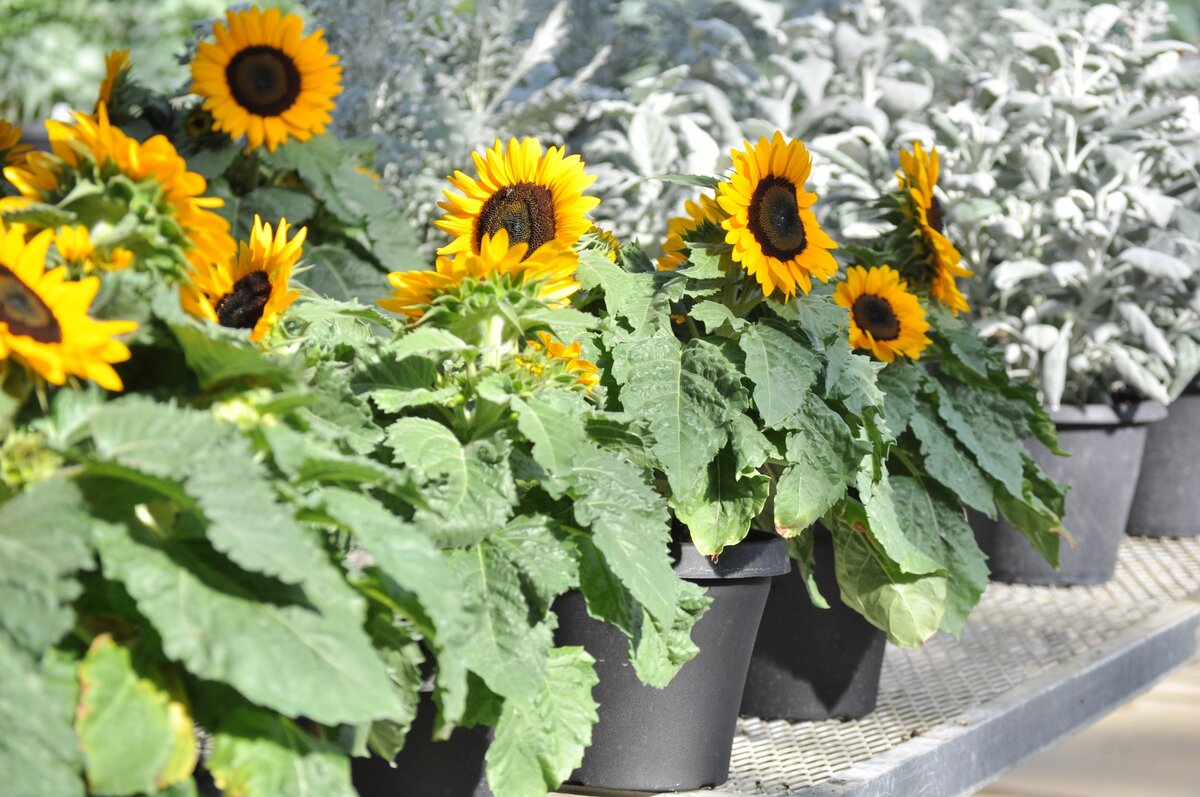

Ornamental Gardening
How Tall Do Dwarf Sunflowers Grow
Modified: January 22, 2024
Discover how tall dwarf sunflowers grow in your ornamental gardening journey. Find useful tips and insights on cultivating these beautiful and compact sunflower varieties.
(Many of the links in this article redirect to a specific reviewed product. Your purchase of these products through affiliate links helps to generate commission for Chicagolandgardening.com, at no extra cost. Learn more)
Table of Contents
Introduction
Welcome to the world of ornamental gardening, where the beauty of nature is carefully curated through the cultivation of various plant species. Among the many stunning flowers that grace our gardens, dwarf sunflowers stand out as enchanting and vibrant additions. These miniature versions of the iconic sunflower captivate with their charming disposition and compact size.
Dwarf sunflowers, as the name suggests, are smaller varieties of the classic sunflower (Helianthus annuus). While their height may be reduced compared to their taller counterparts, their visual impact remains just as impressive. These delightful plants boast all the signature characteristics of sunflowers, including their vibrant yellow petals and brown centers that are reminiscent of the sun’s radiance.
One of the key appeals of dwarf sunflowers is their manageable size, making them an excellent choice for small gardens, container gardening, or even indoor cultivation. Whether you have limited space, want to create eye-catching displays, or simply adore sunflowers in all their forms, these petite plants are sure to bring joy and beauty to your ornamental garden.
In this article, we will delve into the fascinating world of dwarf sunflowers, exploring their characteristics, factors that influence their height, optimal growing conditions, popular varieties, and valuable tips for successful cultivation. So, grab your gardening tools and let’s dive into the wonderful realm of dwarf sunflowers!
Characteristics of Dwarf Sunflowers
Dwarf sunflowers are known for their distinctive features that make them a delightful addition to any ornamental garden. Here are some key characteristics of these enchanting plants:
- Compact Size: Dwarf sunflowers typically reach a height of 1 to 4 feet, making them significantly shorter than traditional sunflowers. Their smaller stature allows for easier cultivation in a variety of spaces.
- Vibrant Petals: Just like their taller counterparts, dwarf sunflowers display striking yellow petals that bring a cheerful and vibrant splash of color to any garden or floral arrangement.
- Eye-Catching Centers: Dwarf sunflowers feature the classic brown disks at the center of their flowers. These disks are composed of tiny florets that add texture and depth to the overall appearance.
- Abundant Blooms: Despite their smaller size, dwarf sunflowers produce an abundance of flowers, creating a breathtaking display of beauty. Each plant can yield multiple blooms, ensuring a long-lasting and visually pleasing spectacle.
- Shorter Growing Season: One advantage of dwarf sunflowers is their shorter growing season. They tend to reach maturity more quickly, allowing for a stunning display of flowers in a relatively shorter period of time.
With their compact size, radiant petals, and prolific blooming, dwarf sunflowers capture the essence of their larger counterparts in a charming and convenient package. Whether planted in borders, containers, or mixed flower beds, these delightful flowers are sure to captivate all who behold them.
Factors Influencing Height
The height of dwarf sunflowers can vary depending on various factors. Understanding these factors can help you better anticipate and control the height of your plants. Here are some key factors that influence the height of dwarf sunflowers:
- Variety Selection: Different varieties of dwarf sunflowers have varying growth habits and potential heights. Some varieties are naturally shorter, while others may have the potential to grow taller. When selecting seeds or plants, consider the desired height of your sunflowers and choose a variety that aligns with your preferences.
- Genetics: The genetic makeup of the sunflowers plays a significant role in their height. Dwarf sunflowers are bred specifically for their smaller stature, so their genetic makeup naturally contributes to their reduced height compared to regular sunflowers.
- Environmental Conditions: The environmental conditions in which dwarf sunflowers are grown can impact their height. Factors such as sunlight, temperature, soil quality, and moisture levels can influence the growth and development of the plants. Providing optimal growing conditions can help ensure that your dwarf sunflowers reach their maximum potential height.
- Fertilization: Proper fertilization can contribute to the overall health and growth of dwarf sunflowers. Using a well-balanced fertilizer with the appropriate nutrient levels can provide the necessary support for robust growth. However, it is essential to follow the recommended application rates to prevent overfeeding, which could potentially lead to taller plants.
- Plant Spacing: The spacing between dwarf sunflowers can affect their height. Planting them closer together may result in slightly taller plants as they compete for resources, while wider spacing can allow for more airflow and potentially result in shorter plants.
By understanding these factors and taking appropriate steps to manipulate them, you can have a certain level of control over the height of your dwarf sunflowers. However, it’s important to keep in mind that each plant has its unique growth pattern, and while you can influence their height to some extent, there may still be some natural variation among individual plants.
Optimal Growing Conditions
To ensure the healthy growth and development of your dwarf sunflowers, it’s important to provide them with optimal growing conditions. The right combination of sunlight, soil, water, and other factors will help your plants thrive. Here are some key considerations for creating the ideal environment for your dwarf sunflowers:
- Sunlight: Dwarf sunflowers thrive in full sun, requiring at least 6 to 8 hours of direct sunlight each day. Choose a location for planting where your sunflowers will receive ample sunlight throughout the day.
- Soil Quality: Well-draining soil is essential for the healthy growth of dwarf sunflowers. Amend the soil with organic matter, such as compost, to improve its fertility and drainage. A slightly acidic to neutral soil pH (around 6.0 to 7.5) is ideal for these plants.
- Watering: While dwarf sunflowers are relatively drought-tolerant, they still require regular watering to thrive. Water your plants deeply and consistently, ensuring that the soil is evenly moist but not waterlogged. Aim to keep the soil consistently moist throughout the growing season.
- Temperature: Dwarf sunflowers prefer moderate temperatures, typically thriving in the range of 60 to 75°F (15 to 24°C). They can tolerate higher temperatures, but prolonged exposure to extreme heat may negatively affect their growth. If you’re expecting scorching temperatures, provide some shade or consider planting them in a location with afternoon shade.
- Wind Protection: While dwarf sunflowers are relatively sturdy, strong winds can damage their stems and flowers. Consider planting them in a location that offers some wind protection, such as near a fence or wall, or use garden stakes and ties for additional support.
- Plant Maintenance: Regularly remove weeds and spent flowers to keep your dwarf sunflowers healthy. This helps prevent competition for nutrients and ensures maximum energy is directed towards growth and blooming.
Providing these optimal growing conditions will give your dwarf sunflowers the best chance of thriving and reaching their full height potential. Remember to monitor your plants regularly, adjusting their care as needed based on weather conditions and other factors.
Common Varieties of Dwarf Sunflowers
Dwarf sunflowers come in a variety of cultivars, each with its unique characteristics and charm. Here are some popular varieties of dwarf sunflowers that you can consider for your ornamental garden:
- Sonnenblume: This variety is known for its vibrant, golden-yellow petals and robust growth. Sonnenblume sunflowers reach heights of approximately 2 to 3 feet, making them an excellent choice for smaller spaces.
- Choco Sun: Choco Sun sunflowers display stunning, chocolate-colored petals that create a striking contrast against their bright yellow centers. These compact plants grow to around 1 to 2 feet in height and are prized for their unique coloring.
- Big Smile: Big Smile sunflowers are renowned for their brilliant, sunny yellow blooms and their cheerful, commanding presence. These compact plants typically grow to heights of 1 to 2 feet and produce numerous large flowers per plant.
- Elf: Elf sunflowers are compact and adorable, with a height ranging from 1 to 2 feet. They feature sunny yellow petals and dark brown centers, adding a touch of whimsy to any garden or floral arrangement.
- Music Box: Music Box sunflowers are a delightful variety with delicate, bi-colored petals in shades of yellow and red. Growing to heights of 2 to 3 feet, these captivating flowers add a playful touch to any garden setting.
These are just a few of the many varieties of dwarf sunflowers available. When selecting a variety, consider factors such as desired height, flower color, and overall aesthetics to find the perfect fit for your ornamental garden. Combine different varieties to create a vibrant and diverse display of dwarf sunflowers that will captivate both you and your guests.
Tips for Growing Dwarf Sunflowers
Growing healthy dwarf sunflowers requires careful attention to their specific needs. Follow these tips to ensure successful cultivation and a bountiful display of these charming flowers:
- Proper Seeding: When sowing seeds, plant them at a depth of around 1 inch and space them according to the recommended guidelines for the specific variety. Thinning may be necessary as the plants grow to ensure adequate airflow and reduce competition for resources.
- Support and Staking: While dwarf sunflowers are generally sturdy, taller varieties may benefit from additional support. Consider staking the plants or using garden trellises to prevent them from bending or toppling over under the weight of their blooms.
- Regular Watering: Provide consistent moisture to the plants throughout their growing season. Water deeply, ensuring the soil is evenly moist, but avoid overwatering, as this can lead to root rot. Mulching can help retain moisture and suppress weed growth.
- Deadheading: Removing spent flowers promotes continuous blooming and helps redirect the plant’s energy towards producing new flowers. Regularly inspect your sunflowers and promptly remove faded blooms by cutting them just above the nearest healthy leaf or node.
- Pest and Disease Control: Monitor your sunflowers for common pests such as aphids, snails, or slugs. Use organic methods like handpicking or introducing beneficial insects to control infestations. Additionally, ensure good air circulation and practice crop rotation to minimize the risk of disease.
- Harvesting Seeds: If you want to harvest sunflower seeds, leave the flower heads on the plants until the backs turn yellow or brown. Cut the heads off and hang them upside down in a dry, well-ventilated area to continue drying. Once fully dry, gently remove the seeds for use or storage.
- Continuous Planting: To prolong the blooming season, consider staggered planting. Start new batches of seeds every few weeks, ensuring a continuous supply of fresh blooms throughout the growing season.
By following these insightful tips, you’ll be well on your way to cultivating healthy and beautiful dwarf sunflowers. So, roll up your sleeves, gather your gardening tools, and enjoy the journey of nurturing these delightful plants.
Harvesting and Care
Harvesting your dwarf sunflowers at the right time ensures optimal seed maturity and allows you to enjoy the full beauty and potential of these charming plants. In addition to harvesting, proper care throughout the growing season is essential for their health and longevity. Here are some important guidelines for harvesting and caring for your dwarf sunflowers:
- Harvesting Sunflower Seeds: To harvest sunflower seeds, allow the flower heads to fully mature on the plant. The back of the flower head will typically turn yellow or brown, and the seeds will appear plump and easy to detach when rubbed. Cut the flower head off, leaving a portion of the stem intact. Hang the heads upside down in a well-ventilated area to dry further. Once completely dry, gently separate the seeds from the head.
- Watering: Throughout the growing season, continue to water your dwarf sunflowers regularly, especially during dry spells. Ensure the soil remains moist but not waterlogged. Adjust the frequency and amount of watering based on weather conditions.
- Fertilization: Apply a balanced fertilizer during the early stages of growth to provide essential nutrients for the plants. Follow the manufacturer’s instructions and avoid over-fertilizing, as this can lead to excessive foliage growth at the expense of flower production.
- Weed Control: Keep the area around your dwarf sunflowers free from weeds, as they can compete for nutrients and water. Regularly remove weeds by hand or use mulch to suppress their growth.
- Pest and Disease Management: Monitor your plants for signs of pests like aphids or diseases such as powdery mildew. Take appropriate measures, such as using insecticidal soap or applying organic fungicides, to control and prevent damage. Promptly remove and discard any diseased plant material to prevent the spread of infection.
- Winterizing: In colder regions, where frost is a concern, it’s important to take measures to protect your dwarf sunflowers from freezing temperatures. Before the first frost, cover the plants with a frost cloth or bring potted sunflowers indoors. Mulching around the base of the plants can also help insulate the soil and protect the roots.
By following these harvesting and care guidelines, you can ensure that your dwarf sunflowers stay healthy, vibrant, and long-lasting. With proper care, these captivating flowers will continue to bring beauty and joy to your garden season after season.
Conclusion
Dwarf sunflowers are a delightful addition to any ornamental garden, offering all the beauty and charm of their larger counterparts in a compact and manageable size. With their striking yellow petals, eye-catching centers, and abundant blooms, these enchanting flowers bring a touch of sunshine and cheer to any landscape.
By considering the factors that influence their height and providing optimal growing conditions, you can successfully cultivate dwarf sunflowers and witness their full potential. Selecting the right variety, understanding their specific needs, and implementing proper care practices such as watering, fertilizing, and addressing potential pests and diseases, ensure that your plants thrive throughout the growing season.
Whether grown in borders, containers, or mixed flower beds, dwarf sunflowers create a stunning display of natural beauty. Their versatility allows for endless creative possibilities and the chance to enjoy their radiant blooms in any size garden or even indoors as cut flowers.
So, embark on your journey of growing dwarf sunflowers, and experience the joy of nurturing these captivating plants. Whether you harvest their seeds, enjoy their vibrant colors, or simply bask in their presence, these charming flowers are sure to bring happiness and beauty to your ornamental garden year after year.
